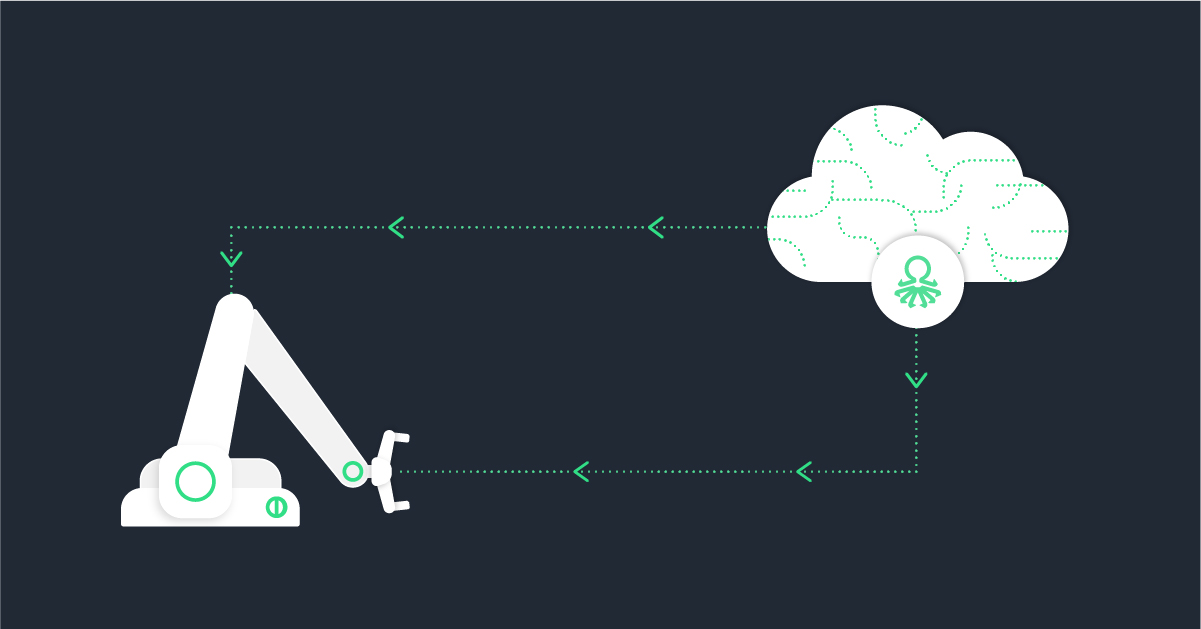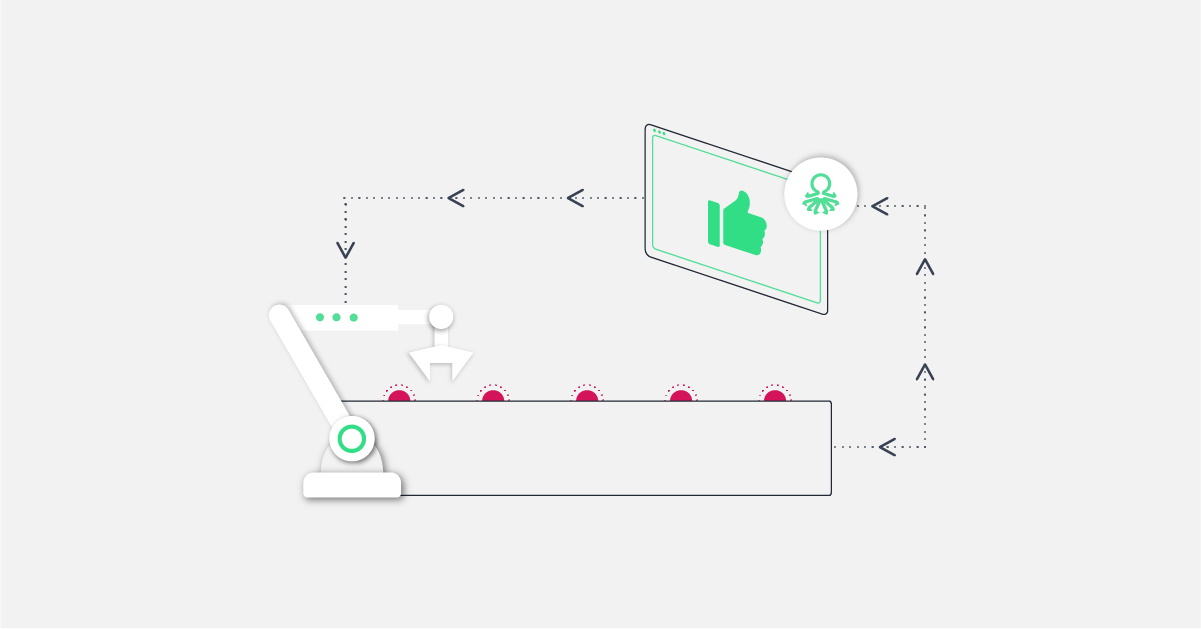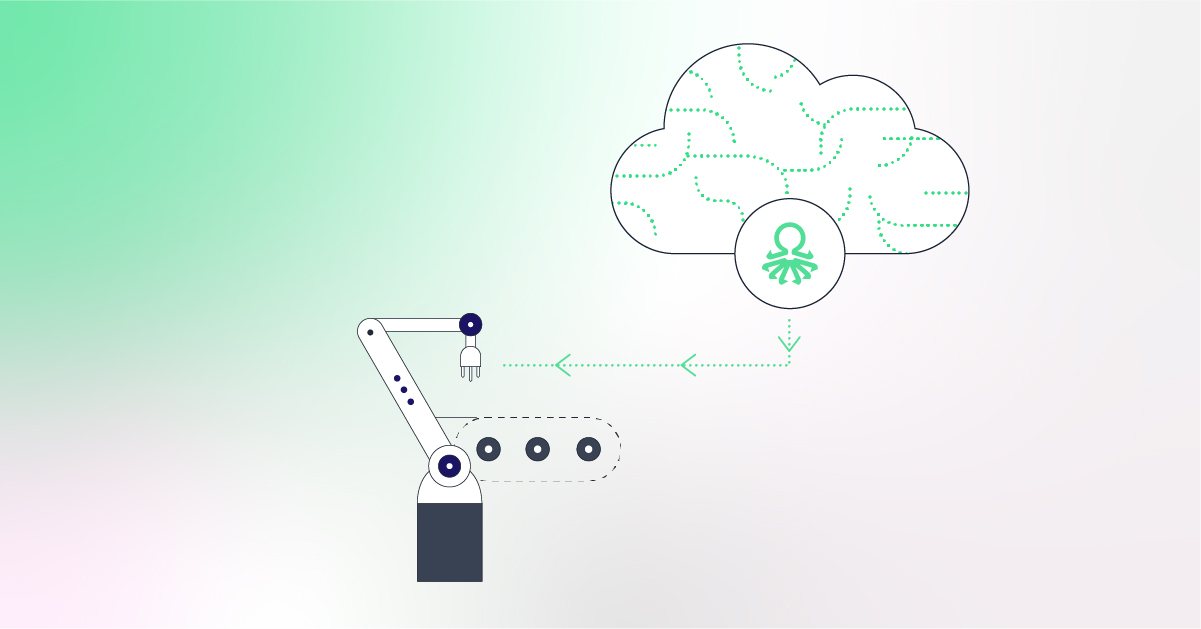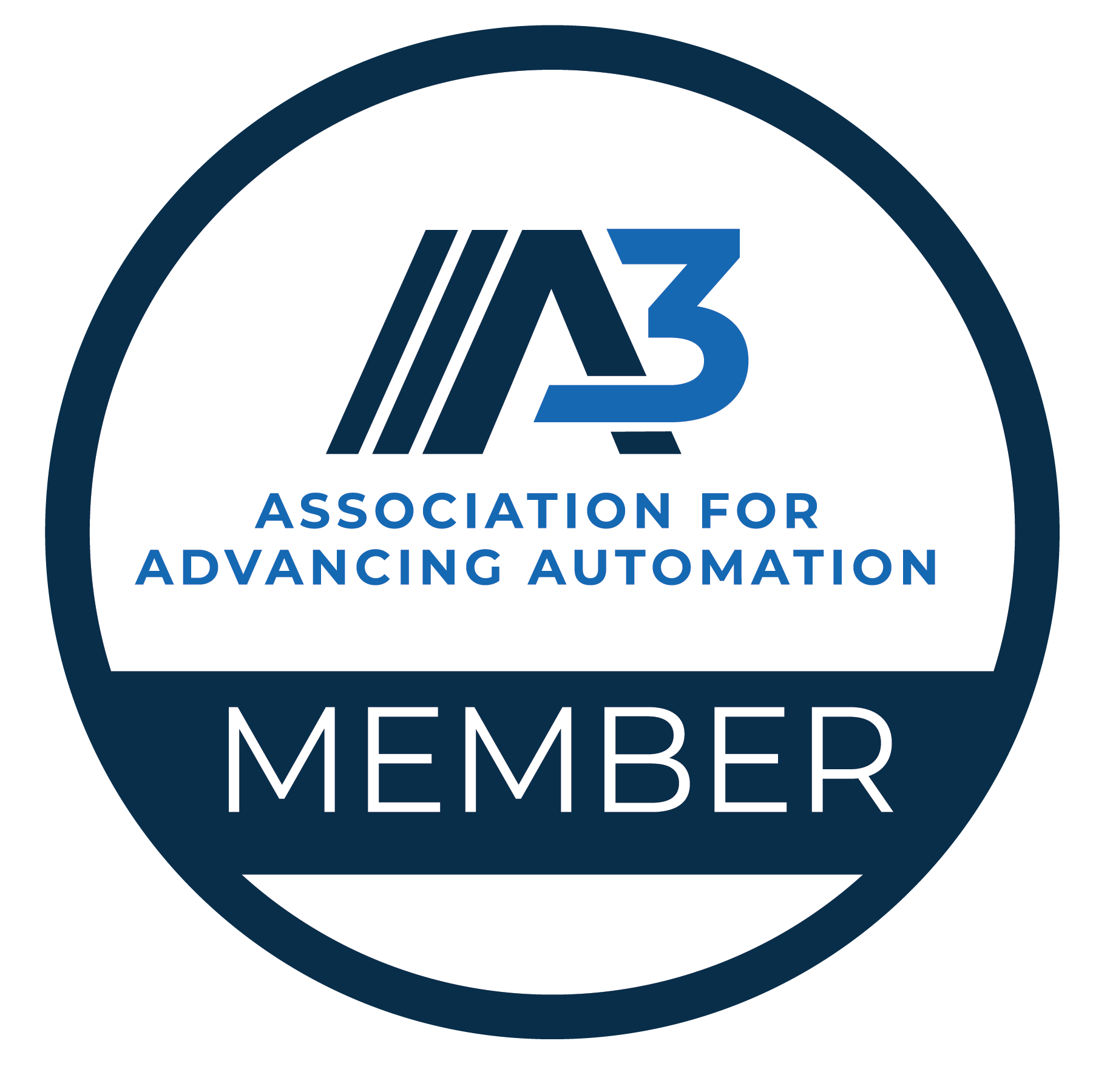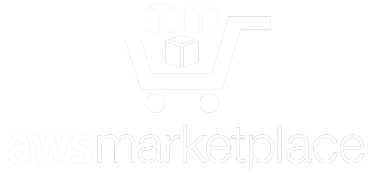When you’re thinking about optimizing production, the number one benefit that comes to mind is probably cost savings. But why stop there? Cost savings are important, but the benefits of optimization potentially extend far beyond that.
Unfortunately, many organizations that attempt to optimize don’t end up realizing the benefits they’ve hoped for.
If you’re thinking only about saving money, you might not get far. Unless you assess and understand your needs first, you may be disappointed. Solutions that promise optimization often aren’t focused on manufacturing or on your business’s actual needs.
So before you begin, you need to make sure you’re optimizing first where it really counts—on the production floor. And to achieve that, you need more insights, using the data you already have to understand what’s really going on.
Let’s take a look at three big benefits of optimization, along with a few tips to help you actually achieve those benefits. Because this is one area where small successes can really add up.
Benefit #1: Increased Efficiency
As mentioned, efficiency gains—and the cost savings that often come along with them—are the #1 reason companies pursue optimization processes. And there’s absolutely nothing wrong with that—especially when, given the kinds of narrow margins most manufacturing businesses are working with, finding places to optimize is very important! Increasing efficiency is also great for your business because it gives you more resources to allocate elsewhere: marketing, R&D, customer support. How can optimization help you increase efficiency?- Eliminates waste—including raw materials, inventory, and employee time
- Prevents costly surprises—like interruptions for repairs and unscheduled maintenance
- Avoids rework—no need to throw away substandard products and no wasted employee time
Steps to start saving:
- Establish KPIs to track how efficient (or wasteful) your processes are. (You can’t improve what you’re not tracking!)
- Know your environment; listen to your teams to find out what’s working and what isn’t.
- Identify tools that let you harness automation and AI to track and improve performance for the most problematic areas first.
Benefit #2: Reducing Downtime
Downtime costs you money in many ways—and too often, it’s preventable. On average, unplanned downtime costs the manufacturing sector about $50 billion each year, a massive expense that is in large part avoidable with proactive preventative steps. How does downtime affect your business?- Cuts overall production capacity
- Impacts customers due to production standstill, or leads to quality issues due to rushed “catch-up” production
- Causes stressed, dissatisfied employees
Steps to eliminate downtime:
- Watch for blind spots in your manufacturing process; knowledge is key to improving uptime.
- Use tools that gather performance data from machines to predict costly failures before they occur.
- Institute a proactive maintenance schedule based on past machine performance.
Benefit #3: Increasing Customer Satisfaction
How can more efficient processes boost customer satisfaction? This benefit actually comes as a surprise to many businesses, because we’re talking about internal processes that the customer will probably never find out about. But it’s true. Optimization can…- Increase your ability to deliver on time
- Reduce the chance of shipping defective products
- Let you fine-tune processes to exceed customer expectations with the highest product quality possible
Steps to boost customer satisfaction:
- Eliminate bottlenecks to fast order fulfillment like administrative steps or supply chain pinch points.
- Implement AI and automation to speed delivery while ensuring 100% quality control.
- Integrate customer feedback with manufacturing analytics data for even deeper insights into their needs. Even simple data like net promoter score (NPS) can give you a lot of insight!
Achieving Manufacturing Process Optimization
The good news is that you’re probably already well on your way to optimization. For example, you may already have some of these best practices in place within your organization:- Performing preventative maintenance to avoid surprises
- Determining standard operating procedures for maximum standardization
- Seeking opportunities to increase automation and eliminate human error
- Offering continuous training to keep team members on point and delivering 100%
- Implementing multiple quality control stations to weed out defects
Example #1: Predictive Fault Prevention
Many manufacturers have traditionally assumed that a certain number of faults is simply the “cost of doing business.” But with today’s supply chain issues and scarcities of raw materials—not to mention rising costs—preventing faults wherever possible has become far more urgent. Predictive fault prevention uses AI to analyze historical data, discovering which early-stage station data anomalies and setpoints result in late-stage defects. You’ll then receive alerts before defects occur, letting users respond proactively, for example, with unit manipulation or machine recalibration, to keep products within tolerances.Example #2: Defect Detection
While quality control checks are essential, often they are performed as a manual step after production. This means you’re catching errors after the fact; by the time you notice the line isn’t performing optimally, you may have produced a number of defective products. Implementing real-time quality control using AI lets you catch problems sooner without adding team members. The secret to achieving these kinds of results? Data—a wide variety of quantitative data, images, and videos, all of which can be used to automate and increase the accuracy of visual inspection stations—along with an analytics platform that’s capable of handling all that data and drawing the right conclusions to guide your business in its decision-making.Integrated Process Optimization with Vanti
Vanti is a manufacturing-first analytics platform that uses AI to help your business optimize where it counts—both through production-floor processes and by building AI and automation into quality control. With Vanti’s AI solution working on your production line, you can take advantage of real-time data to spot inefficiencies fast, determine root causes to resolve problems faster, and even use predictive analytics to spot issues emerging before they become a problem. Vanti takes the hassle out of AI, giving you models that work in minutes rather than days or weeks, offering you…- Real-time insights with purpose-built models that are tailor-made for your business
- Seamless integration with your existing data sources for fast time to value
- Superior defect detection performance to cut time wasted and avoid the risk of shipping inferior products to customers
